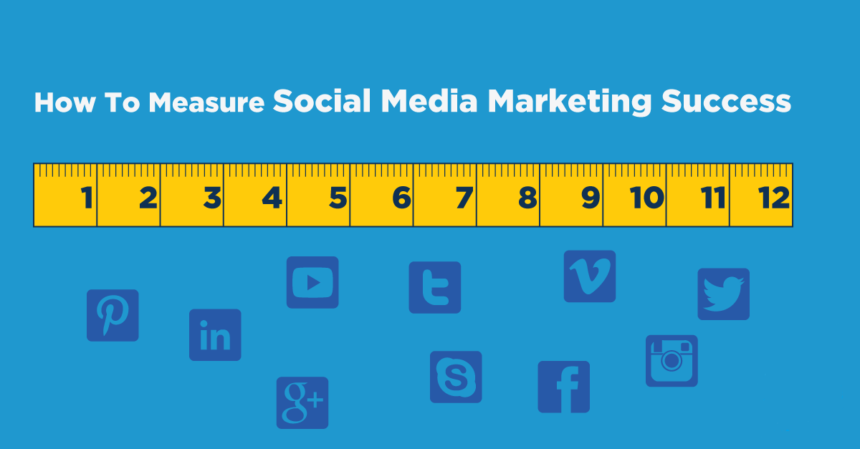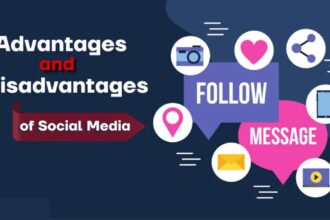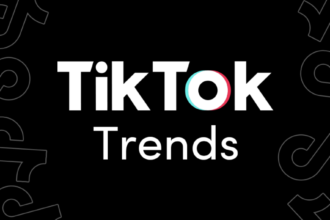How Can SMEs Measure Social Media Marketing Impact?
In today’s digital world, social media has become a vital tool for small and medium-sized enterprises (SMEs). It helps businesses reach more customers, build relationships, and increase sales. But just posting on social media is not enough. Business owners need to know if their efforts are working. That is where measuring social media marketing impact becomes important.
This guide will explain how SMEs can accurately measure the results of their social media activities. We will cover simple and effective methods, real tools, and tips to get clear insights. Whether you are just starting or want to improve your current strategy, this information can help you make better decisions.
Why is it Important to Measure Social Media Marketing?
Before talking about how to measure impact, let’s understand why it is so important. When SMEs measure their social media success, they can:
- Know which platforms are most effective
- Understand what type of content your audience likes
- Track the growth of followers and engagement
- See how social media drives traffic to your website
- Measure return on investment (ROI)
- Adjust strategies to improve results
Without measuring, you are only guessing what works. Measurement helps you optimize your efforts and grow your business.
Key Metrics to Measure the Impact of Social Media Marketing
There are many metrics to track, but some are more important for SMEs to focus on. Here are the most relevant ones:
1. Engagement Rate
Engagement is how people interact with your content. This includes likes, comments, shares, saves, and clicks. Engagement rate shows how well your content connects with your audience.
How to measure: Divide total engagement (likes, comments, shares) by total followers or impressions. Multiply by 100 to get a percentage.
Example: If your post has 100 likes, 20 comments, and 10 shares, and you have 1,000 followers: Engagement rate = (100 + 20 + 10) / 1,000 * 100 = 13%
2. Reach and Impressions
Reach shows how many unique users saw your content. Impressions show how many times your content was viewed, including repeat views.
Why it matters: High reach and impressions mean more people are seeing your posts, increasing brand awareness.
How to track: Most social media platforms like Facebook, Instagram, and Twitter offer these metrics in their analytics tools.
3. Click-Through Rate (CTR)
CTR indicates how many people clicked on a link in your post or ad. It shows how effective your call-to-action is.
How to calculate: CTR = (Number of clicks / Number of impressions) * 100
Example: If your ad is shown 1,000 times and gets 50 clicks: CTR = (50 / 1,000) * 100 = 5%
4. Conversion Rate
Conversion measures how many social media visitors take a desired action, such as buying a product, signing up for a newsletter, or filling out a form.
How to measure: Number of conversions divided by total visitors from social media, multiplied by 100.
Example: If 100 visitors arrive from social media and 10 make a purchase: Conversion rate = (10 / 100) * 100 = 10%
5. Growth of Followers
Tracking the increase in followers or fans over time shows whether your social media presence is expanding.
Tip: Set monthly goals and monitor your growth regularly.
6. Return on Investment (ROI)
ROI helps you understand if your social media efforts are worth the money and time spent.
How to calculate: (Revenue from social media marketing – Cost of social media activities) / Cost of activities * 100
Example: If you spent 50,000 Naira and made 200,000 Naira in sales: ROI = (200,000 – 50,000) / 50,000 * 100 = 300%
Tools to Measure Social Media Impact
Using the right tools makes tracking much easier. Here are some popular options:
- Google Analytics: Tracks how visitors come to your website from social media.
- Facebook Insights: Provides detailed data on Facebook page performance.
- Instagram Insights: Available on Instagram for business accounts.
- Twitter Analytics: Offers data on tweets, followers, and engagement.
- Hootsuite or Buffer: Manage multiple platforms and get aggregated data.
Using these tools, you can gather accurate, real-time data to assess your social media performance.
User also read: Top Digital Analytics to Track on Social Media and Online for Boosting Your Brand in Nigeria
Tips for Better Social Media Measurement
- Set clear goals before starting. Know what you want to achieve, such as increasing sales, brand awareness, or website traffic.
- Focus on key metrics that align with your goals.
- Track your metrics regularly, such as weekly or monthly.
- Compare results over time to identify trends.
- Adjust your strategy based on insights. If certain content gets more engagement, create more of it.
- Use A/B testing for ads and posts to see what performs best.
Conclusion
Measuring the impact of your social media marketing is essential for growing your SME. It helps you understand what works and what doesn’t so you can make smarter decisions. Focus on key metrics like engagement, reach, click-through rate, conversions, and ROI. Use simple tools like Google Analytics or platform insights to gather data. Keep tracking your progress, analyze the results, and adjust your strategy for better results.
Remember, social media is an ongoing journey. By measuring carefully, you can turn your efforts into real growth for your SME and reach your business goals faster.
Image source: Hostgator.com






